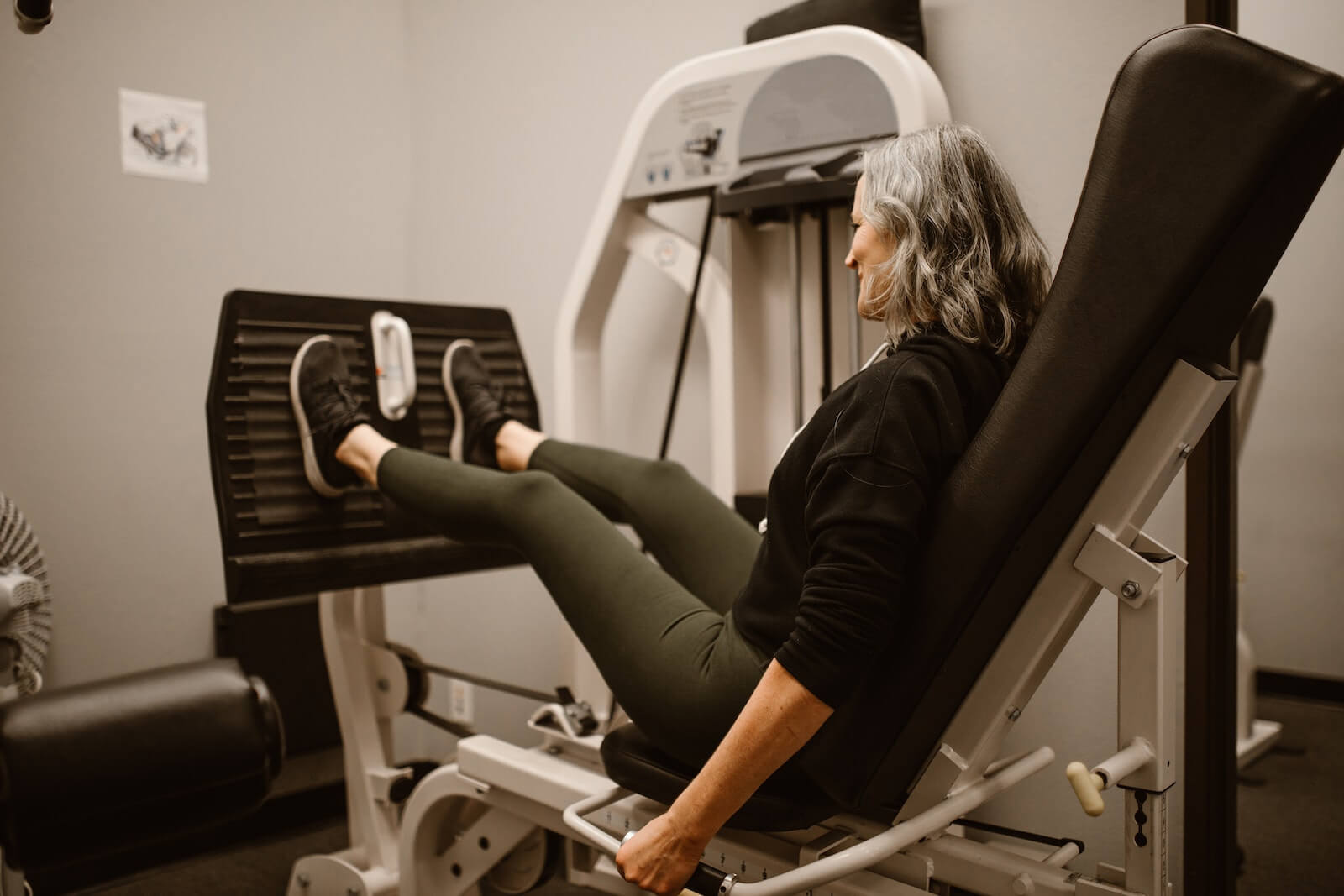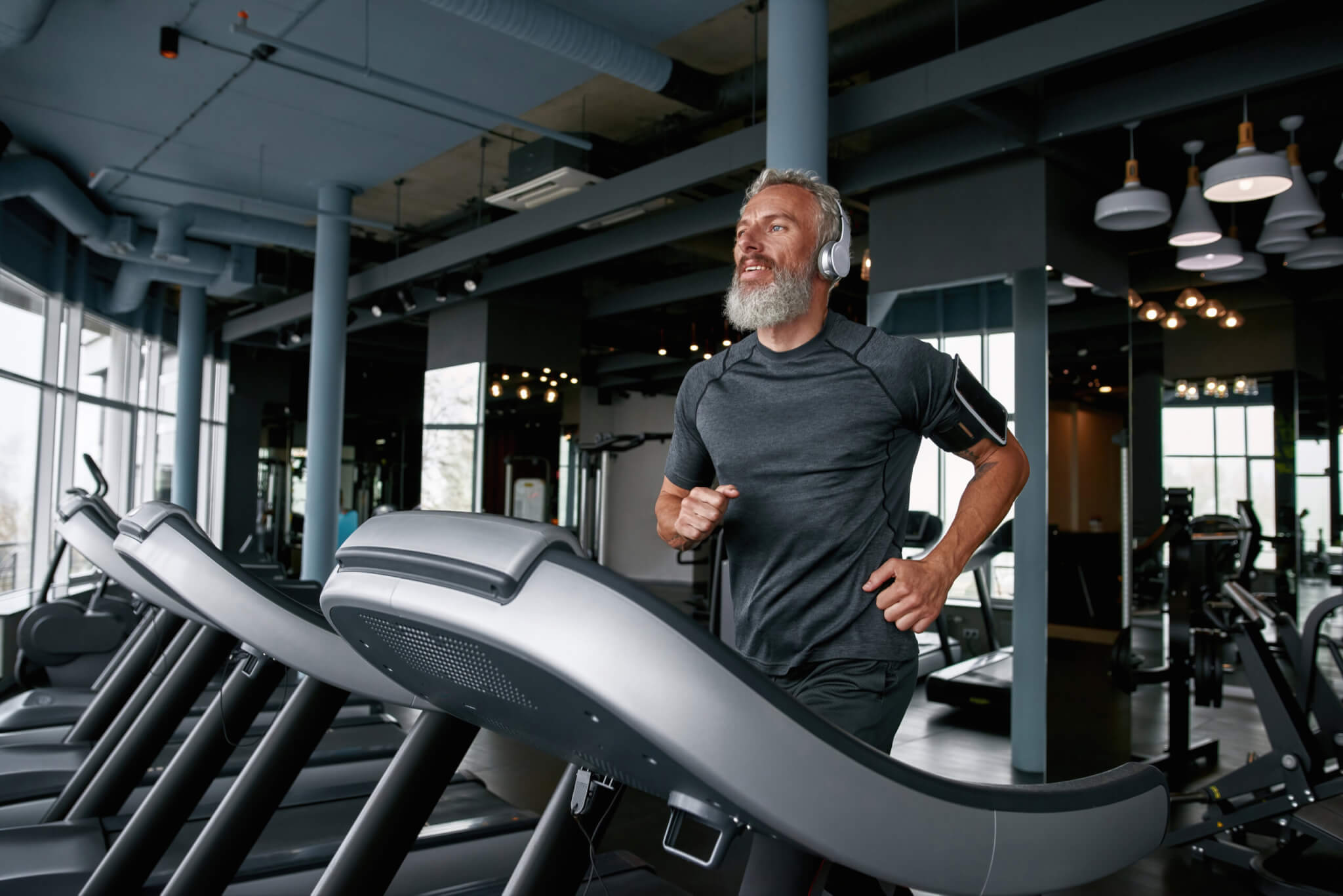New Year’s Eve is over and plenty of people are waking up and remembering they made a resolution to lose weight in 2024. While shedding a few pounds is a great reason to hit the gym, scientists found plenty of new reasons to break a sweat last year.
From relieving depression to fighting dementia, here are StudyFinds’ top five exercise-related studies from 2023:
Key to strong heart could be strong legs — here’s why
Researchers working with the European Society of Cardiology discovered that patients with especially strong legs are less likely to develop heart failure following a heart attack.
Myocardial infarction (a heart attack) is actually the most common cause of heart failure, with roughly six to nine percent of heart attack patients going on to develop a form of heart failure. Prior studies also revealed that having strong quadriceps has an association with a lower risk of death among patients with coronary artery disease.
In comparison to participants with low quadriceps strength, those in this study with a high strength level displayed a connection to a 41-percent lower risk of heart failure. Study authors also analyzed the association between quadriceps strength as a continuous variable and the risk of heart failure. They found that each five-percent body weight increment in quadriceps strength was associated with an 11-percent lower chance of heart failure.

Exercise Or Antidepressants? Study Finds Running Just As Effective For Treating Depression
Along with boosting a patient’s physical fitness, researchers from Vrije University in Amsterdam determined that roughly the same percentage of individuals with depression and anxiety experienced improvement after 16 weeks — regardless of whether they were running or taking antidepressants (44%).
Participants either joined a supervised running group two to three times a week or were prescribed the SSRI escitalopram.
Most participants chose exercise, which not only improved their mental health but also had positive effects on their weight, waist circumference, blood pressure, and heart function. Conversely, those on antidepressants typically experienced a decline in fitness.

Parkinson’s breakthrough: Running on a treadmill could help prevent the disease
According to researchers in Italy, engaging in intensive exercise, such as daily treadmill runs, can stimulate the production of brain-derived neurotrophic factor (BDNF). It is a protein critical for the survival and growth of brain neurons.
By promoting the health of neurons, BDNF enhances the brain’s capacity to reorganize and adapt, which is crucial for learning and memory. Moreover, BDNF aids in reducing the spread of pathological alpha-synuclein aggregates, associated with neurodegenerative disorders like Parkinson’s.
The research team observed an increase in BDNF levels in the brains of animals with early-stage Parkinson’s disease after daily treadmill exercise for four weeks.

Don’t overthink it: Study finds any amount of weightlifting builds muscle
Researchers from McMaster University report that regardless of whether you use heavy or light weights, just lifting them as many times as you can is enough to build both strength and muscle.
Study authors say the specific details of weightlifting don’t matter as much as making a habit of the practice in general. The team reached these conclusions by analyzing some of the most popular variables among resistance training programs (how much someone is lifting, how often, and how many times). This approach led the team of kinesiologists to discover that all forms of resistance training are beneficial, including body-weight exercises like planks, lunges, and push-ups.
“Our analysis shows that every resistance training prescription resulted in strength and muscle mass gains. Complex prescriptions are sufficient but unnecessary to gain strength and muscle. Simple programs are extremely effective, and the most important result is that people can benefit from any weightlifting program,” explains study author Bradley Currier in a media release. “Seek guidance if you are unsure where to begin and how to progress, but it doesn’t need to be complicated.”

Just 4,000 steps a day may be enough to prevent Alzheimer’s disease
As few as 4,000 steps a day can maintain brain health and help prevent Alzheimer’s disease, a recent study revealed. Researchers in the U.S. and Canada explain that simple exercises enhance critical brain regions involved in memory and learning, thereby reducing the risk of dementia.
Individuals who regularly engaged in walking, running, or playing sports exhibited increased brain volume in these crucial areas.
In their study, scientists examined the brains of over 10,000 individuals using MRI scans. They discovered that those who exercised regularly had more pronounced gray matter, which is essential for processing information, and white matter, which connects various brain regions. Additionally, the hippocampus, a key area for memory, was also more prominent in individuals who exercised.
“We found that even moderate levels of physical activity, such as taking fewer than 4,000 steps a day, can have a positive effect on brain health. This is much less than the often-suggested 10,000 steps, making it a more achievable goal for many people,” says David Merrill, M.D., the study’s co-author and director of the Pacific Neuroscience Institute’s Brain Health Center, in a media release.

